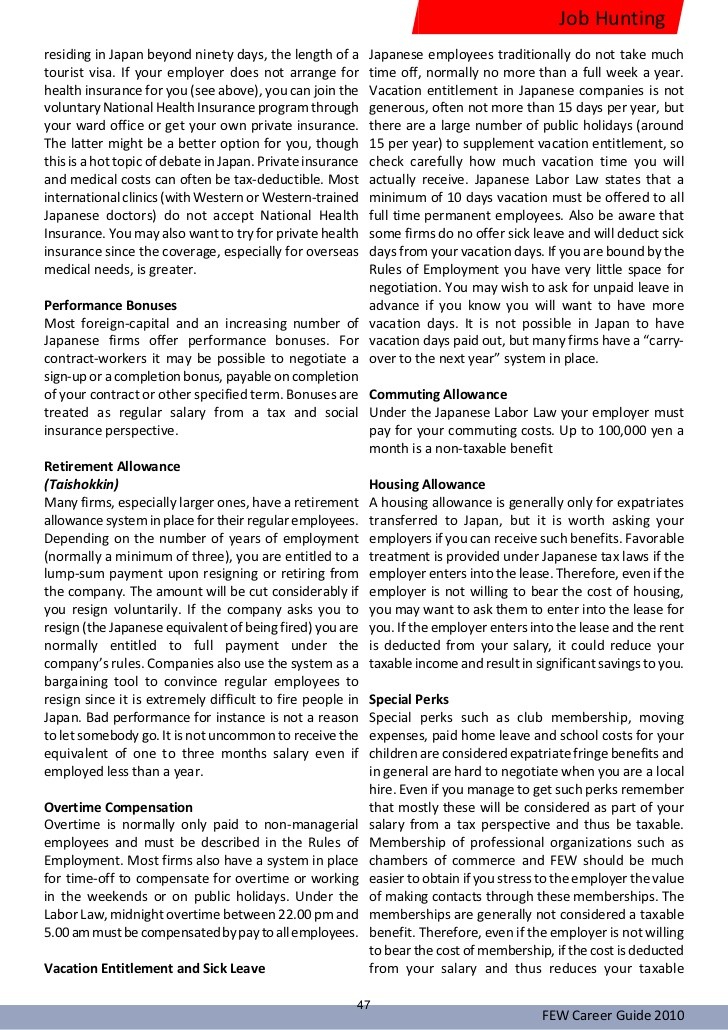Diversifying Your Portfolio With Real Estate Talis Advisory Services Advisor Blog
Post on: 26 Апрель, 2015 No Comment

Real estate as a wealth generator is hardly a new idea. People owned property long before the advent of stock exchanges and other capital markets. In more recent times, large corporations and institutions have held commercial real estate in their portfolios.
But individual investors have not traditionally had ready access to a professionally managed, diversified real estate portfolio. This has changed in the last few decades with the development and growth of real estate investment trusts, or REITs. Now individuals can add a real estate component to their portfolio to improve overall diversification.
What is a REIT?
A REIT is a company that owns, operates, and/or finances real estate property. 1 Most of this discussion will address equity REITs, which manage different types of income-producing properties, such as hotels, office buildings, industrial facilities, apartments, and shopping centers. As commercial landlords, equity REITs typically generate dividend income from the rent paid by tenants. Many REITs in the US are traded on the public stock exchanges.
Publicly traded REITs offer investors several potential benefits:
Real estate exposure. While publicly traded REITs account for only a small portion of the real estate investment universe and the equity market, academic evidence suggests that REITs have similar returns to the overall real estate market. 2
Low correlations with financial assets. Over longer periods of time, historical correlations of REITs and stocks have been generally low. (Correlation refers to the co-movement of asset returns. When two assets are positively correlated, their returns tend to move together; when negatively correlated, their returns are dissimilar.)
Diversification. A REIT holds a portfolio of properties, which may specialize by property type and industry, or be broadly diversified according to industry and region. With the more recent advent of real estate securities overseas, investors can further diversify their exposure among foreign developed markets.
Higher yield, regular income, capital appreciation. Since REITs have to pay out a large fraction of earnings as dividends, they tend to offer higher-dividend income than equities, and this may benefit certain income-oriented investors. Total return of the shares is tied to income and change in market value.
Distinct asset class. While REITs are considered equity vehicles and can have significant exposure to the size and value risk factors, they are generally considered to be a separate asset class, due to their low long-term correlations with stocks.
Liquidity and transparency. Publicly traded REITs can be bought or sold whenever the stock market is open for business. The availability of market-determined share prices can reveal information about the market’s assessment of the company’s prospects, including the ability of the firm’s management team.
Tax treatment. REITs operate as pass-through corporations in which most income goes directly to shareholders. They typically pay little or no taxes on corporate income. 3
Investing in REITS
A REIT mutual fund that manages a portfolio of REITs typically offers more diversification than owning a single REIT. Most REIT funds are either actively managed or indexed. An active fund manager seeks to pick securities that appear undervalued-an approach that often results in over-concentration in a single category, which may raise risks and potential costs, including transaction costs and management fees. On the other hand, an index fund tries to replicate a benchmark, such as the FTSE NAREIT Equity REIT Index or the Dow Jones US Select REIT Index. Although index funds may have lower fees, securities held in the portfolios may experience buying and selling pressure when indexes are reconstituted.
Our preferred approach is a structured strategy. Rather than trying to replicate an index, a manager may choose securities based on risk-return characteristics, diversification benefit, and favorable price negotiation. By keeping costs low and trading efficiently, a structured REIT strategy seeks to generate improved returns over time. Advantages of this approach include broader, more systematic exposure to the REIT universe at a lower cost.
Adding a real estate component to a portfolio may be a good diversification move. But strategy and implementation are crucial, and before investing, you should consider how a real estate strategy and the REIT you select may affect your portfolio. Some factors that may come into play:
Asset coverage. Most actively managed stock funds and indexes include REITs in their equity holdings. This creates the potential for overlapping asset class exposure for investors who add a REIT component in their portfolio. Treating REITs as a separate and distinct strategy helps you achieve more precise risk exposure in the asset class weights. For example, investors with significant direct ownership in real estate may want to exclude REITs from the equity component in their portfolio to better control their overall exposure.
REIT category. Equity REITs may operate property in a specific area of expertise, such as retail, office and industrial, hotels, or health care facilities. Residential REITs own and operate apartment buildings and multi-family commercial dwellings, rather than single-family homes. Mortgage REITs, which lend money directly to real estate owners or invest in existing mortgages or mortgage-backed securities, are generally excluded from the equity REIT universe because they perform more like fixed income instruments, with income based on interest payments. Hybrid REITs combine the strategies of equity and mortgage REITs.
Diversification. As with financial assets, owning a broad mix of REITs can help reduce specific risk in a portfolio. This diversification eliminates exposure to a single REIT category, manager style, or geographic region. Also, adding international real estate can further enhance the potential diversification benefit. 4 Correlations among international REITs are low across countries, regions, and equity markets, making them a useful complement to equities in developed and emerging markets.
Risk Considerations

REITs carry stock market risk, as well as risks specific to individual real estate properties, sectors, regional markets, and the operating firm. The securities are also subject to market pressures that may push share prices above or below the value of the underlying real estate. However, identifying a market premium or discount in a REIT is difficult since the underlying asset value reported by a REIT is based on an appraisal, which may be several months old. REIT returns also depend on the buying, selling, and operating decisions of management.
A manager may adopt risky strategies, such as heavy leveraging or lack of diversification. They may pay too much for properties, acquire poorly performing properties, change strategies regarding property mix, or make other business decisions that compromise performance. Investors holding foreign REITs or REIT funds are also exposed to risks specific to the country, such as legal structure, investment restrictions, ownership rules, tax treatment, and currency risk.
All of this underscores the importance of knowing your risk tolerance, carefully analyzing REIT fund managers, and diversifying to eliminate exposure to a single REIT manager or category.
1. Equity REITs make up about 91% of the REIT market. Mortgage REITs, which compose about 7% of the market, loan money to real estate owners or invest in existing mortgage-backed securities. Hybrid REITs combine the strategies of equity and mortgage REITs and make up about 1% of the market. Source: National Association of Real Estate Investment Trusts, Inc. (NAREIT).
2. Joseph Gyourko and Donald B. Keim, Risk and Return in Real Estate: Evidence from a Real Estate Stock Index, Financial Analysts Journal 49, no. 5 (September-October 1993): 39-46.
3. A US REIT must invest at least 75% of its assets in real estate and derive at least 75% of its income from real estate property or interest on real estate financing. It must also distribute at least 90% of its income to shareholders to maintain tax-advantaged status. This pass-through provision allows REIT investors to have access to the same cash flows as investors in private real estate equity. REIT shareholders, however, generally must pay taxes on income they receive from a REIT.
4. Over the 20-year period from 1990 to 2009, the annual return correlation between US REITs and the US stock market was 0.498 (1.0 denotes exact positive correlation in returns).
The information presented above was prepared by Dimensional Fund Advisors, a non-affiliated third party.
Diversification neither assures a profit nor guarantees against loss in a declining market.
REITs vs. US Stocks
Annual Returns: 2000-2009














